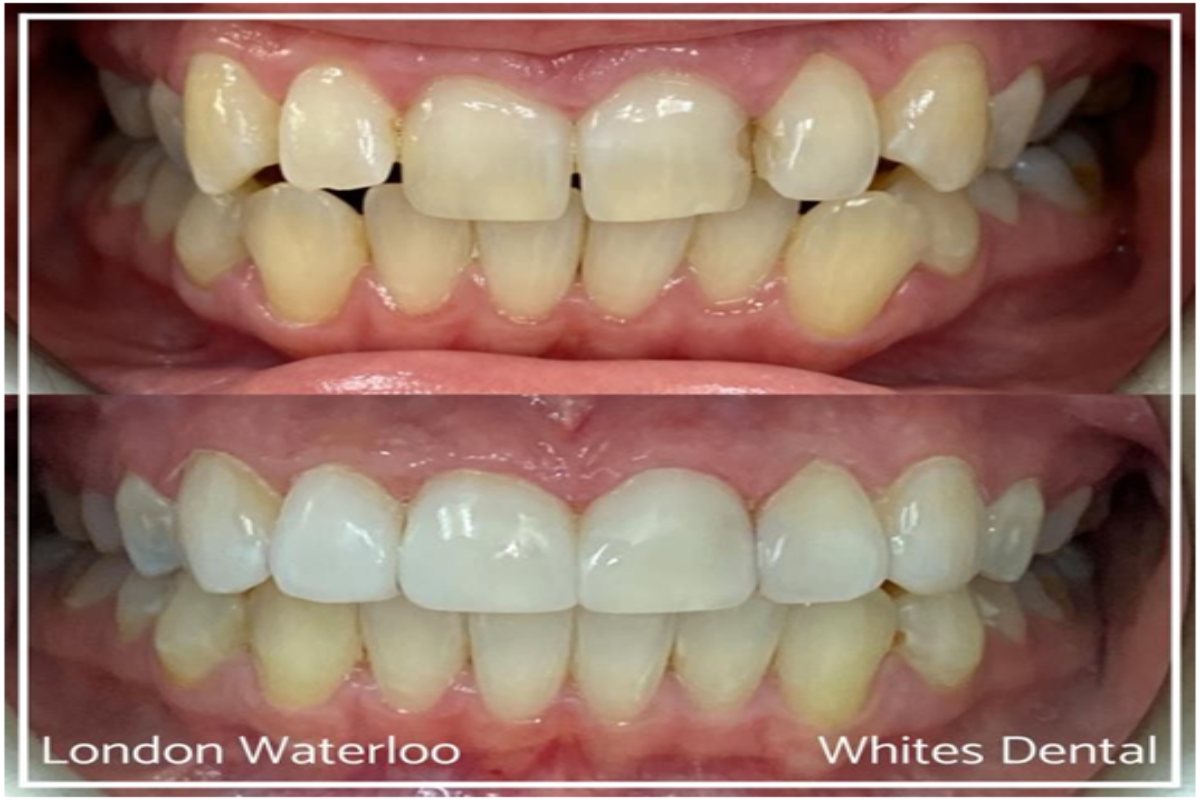Veneers are tooth-shaped, wafer-thin shells that are usually made of porcelain; They are glued to the natural teeth and ensure a stunning smile. They are sometimes used to repair discoloured, chipped, crooked, or asymmetrical teeth. Veneers are custom-made so they fit over the natural teeth perfectly. To attach the veneers, your dentist will shave off about 1/2 mm of your tooth’s enamel.
This will ensure the veneer sits correctly and doesn’t look bulky. After the bonding, the veneer is permanently attached to the tooth.
Porcelain veneers help to reconstruct the look of your natural teeth, as well as providing strength and protection to the underlying tooth surface. With some good care, porcelain veneers can last a lifetime. However, normal part of life wear and tear can end up in gradual damage to the porcelain, giving them an standard life expectancy of 10 to 15 years. During this lifespan, it is very important to keep your porcelain veneers clean and hygienic. Below you will find a few tips on how to properly clean and care for your porcelain veneers:
Table of Contents
1. Brush, floss, and rinse your veneers as you would your natural
While the veneer itself will not succumb to perish, the tooth under the veneer can become victim to decay and discolouring, affecting the look and hue of the veneer. Just because you have veneers does not mean you are not at risk for developing gum disease. So, using an ultra-soft manual or electric toothbrush helps you to thoroughly clean your teeth, floss gently and finish with an alcohol-free mouthwash.
2. Switch to a whitening
When you first get veneers, the dentist will match the veneer colour to the rest of your natural teeth. Furthermore, to prevent your porcelain veneers from becoming stained or discoloured, brush with a whitening toothpaste. Ideally, opt for a non-abrasive toothpaste, or toothpaste with a natural whitener, such as baking soda.
3. Floss with caution to prevent
Your dentist will give you an instruction on how to brush and floss to prevent putting too much pressure on the veneer. If you are using too much force when brushing or flossing, you can cause the porcelain veneer to chip or crack. Do not be frightened to ask your dentist about the best technique for brushing and flossing.
4. Limit exposure to tooth-staining beverages and
Beverages such as coffee, sparkling drinks, wine, tea and other tooth-staining goods should be reduced as much as possible. If you do drink these, you can try using a straw or brush soon after to help prevent staining. You can also rinse your mouth with water or mouthwash, if you are unable to brush your teeth where you are.
5. Avoid cigarettes and tobacco
Cigarettes and tobacco products are bad for your overall health, and also can stain your veneers as well as number the lifespan and beauty of your new porcelain veneers. These items contain nicotine, nicotine can yellow your white veneers.
In addition to following these home care tips, you also need to visit your dentist at least every six months for a routine check-up and cleaning. During this visit, you will give your dentist the chance to examine the condition of your porcelain veneer and make the adjustments as needed.
Can you still get cavities with veneers?
Yes! You can get cavities underneath your veneers, as well as places where the veneer isn’t covering the tooth. Veneers are not a replacement for good oral hygiene so you will need to still look after them to make sure they last as long as they can.

